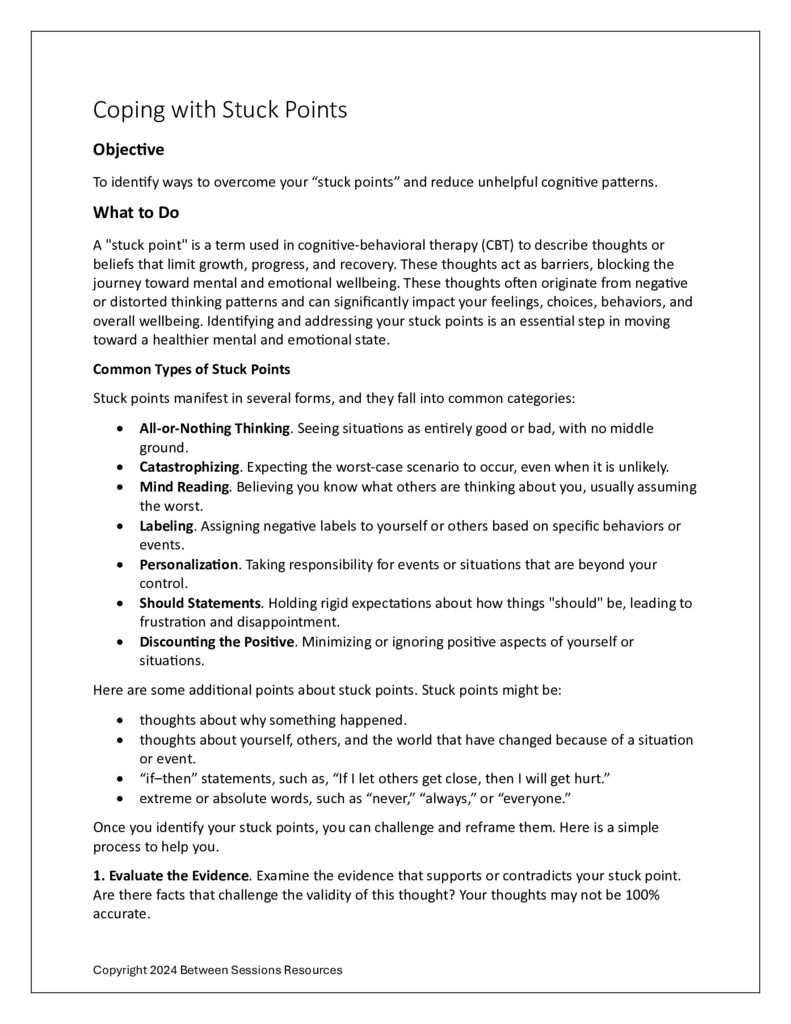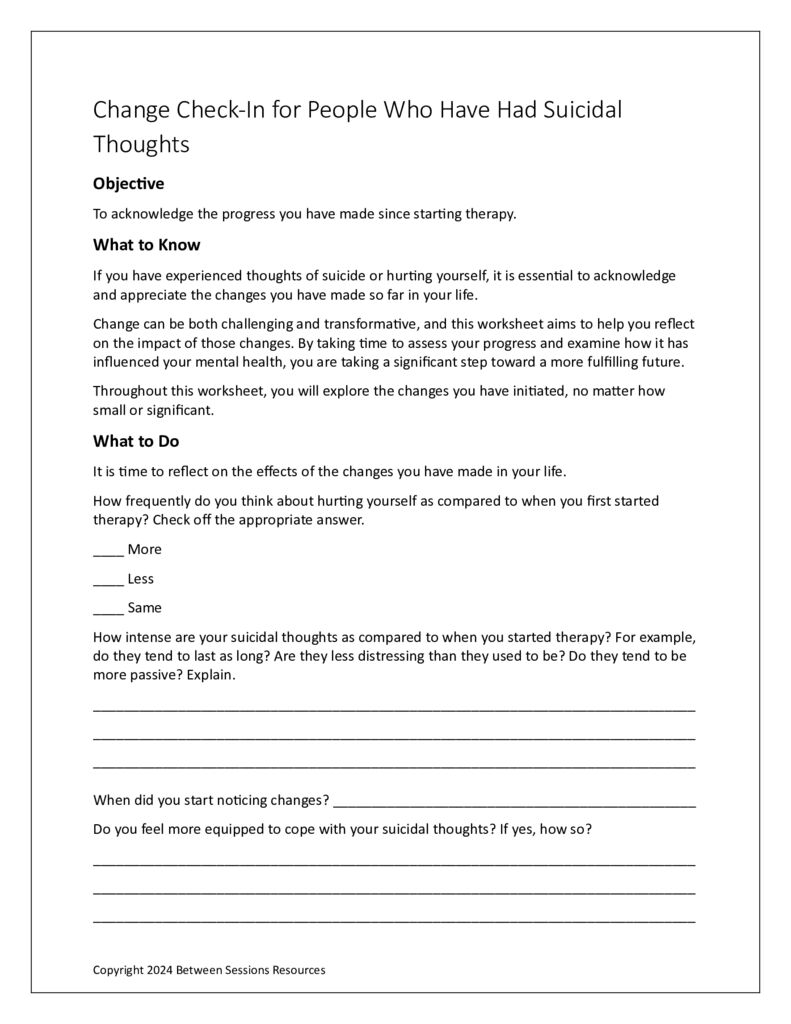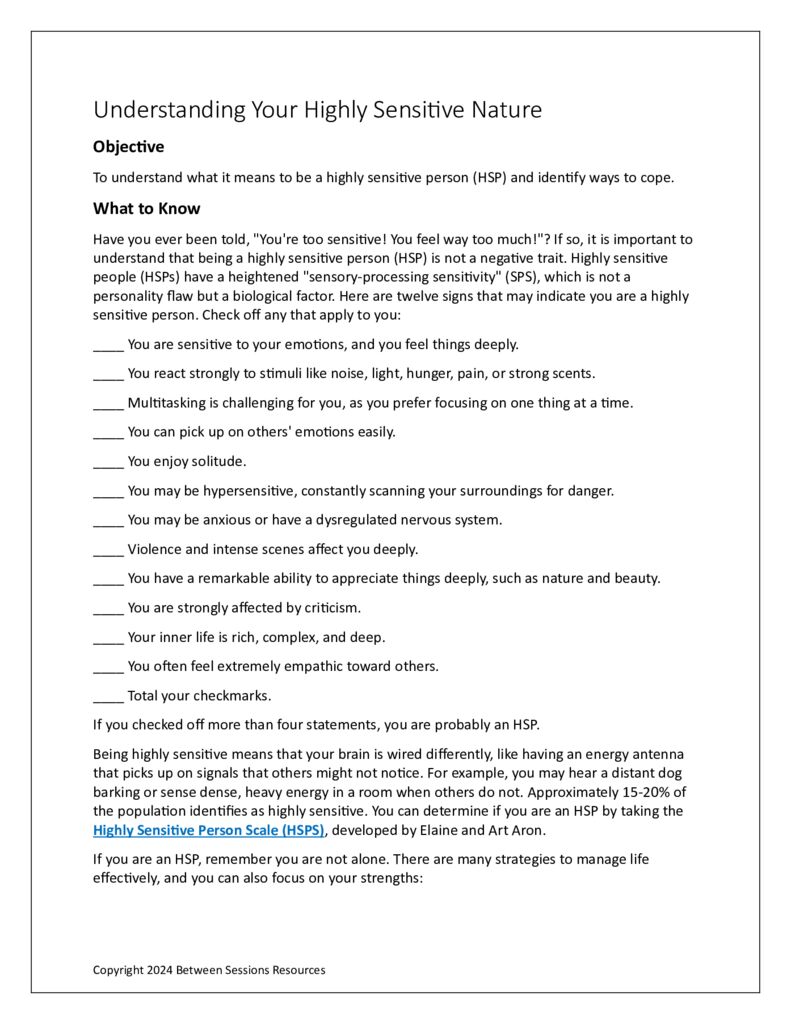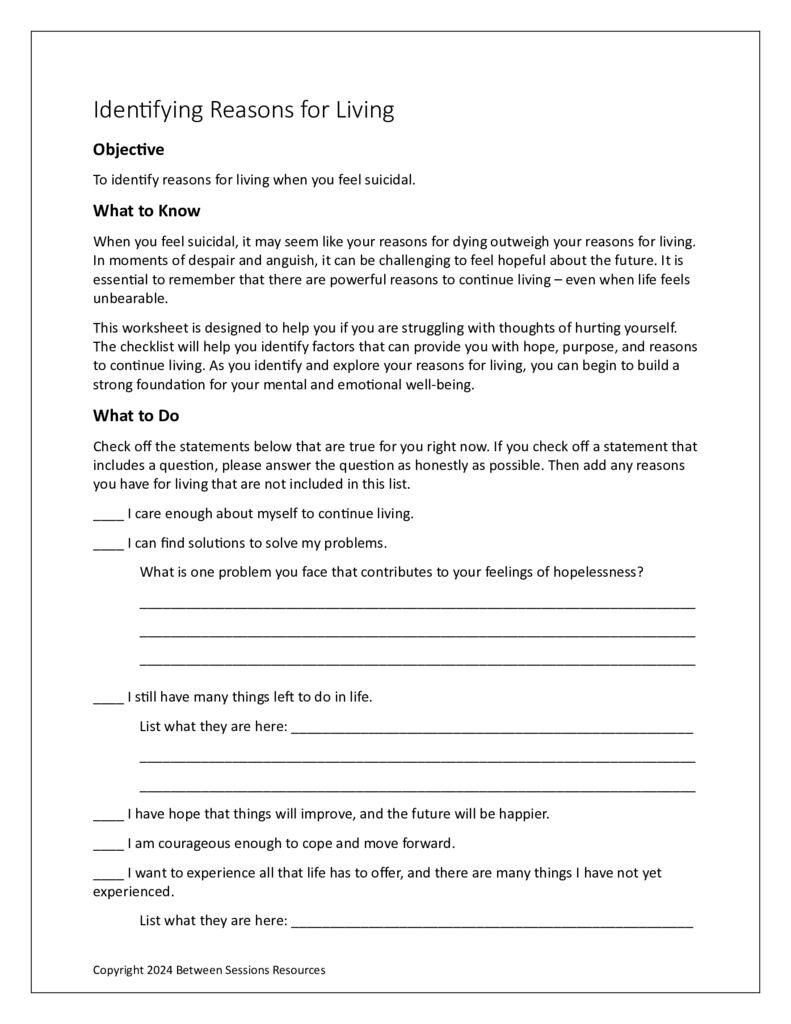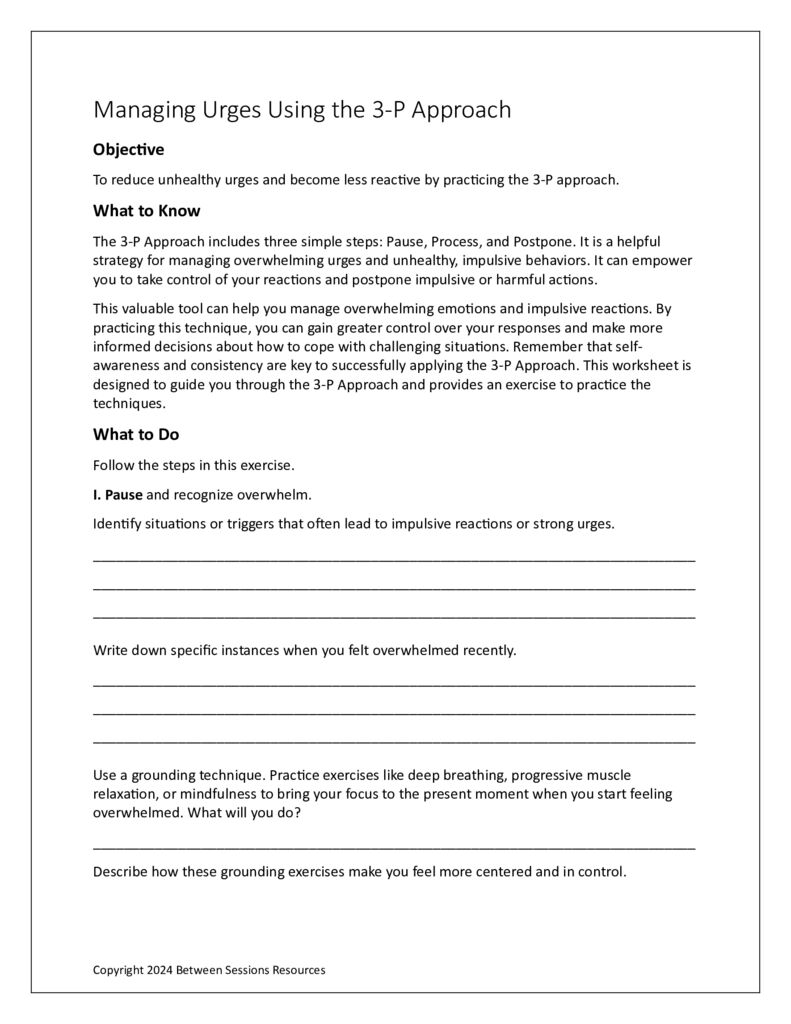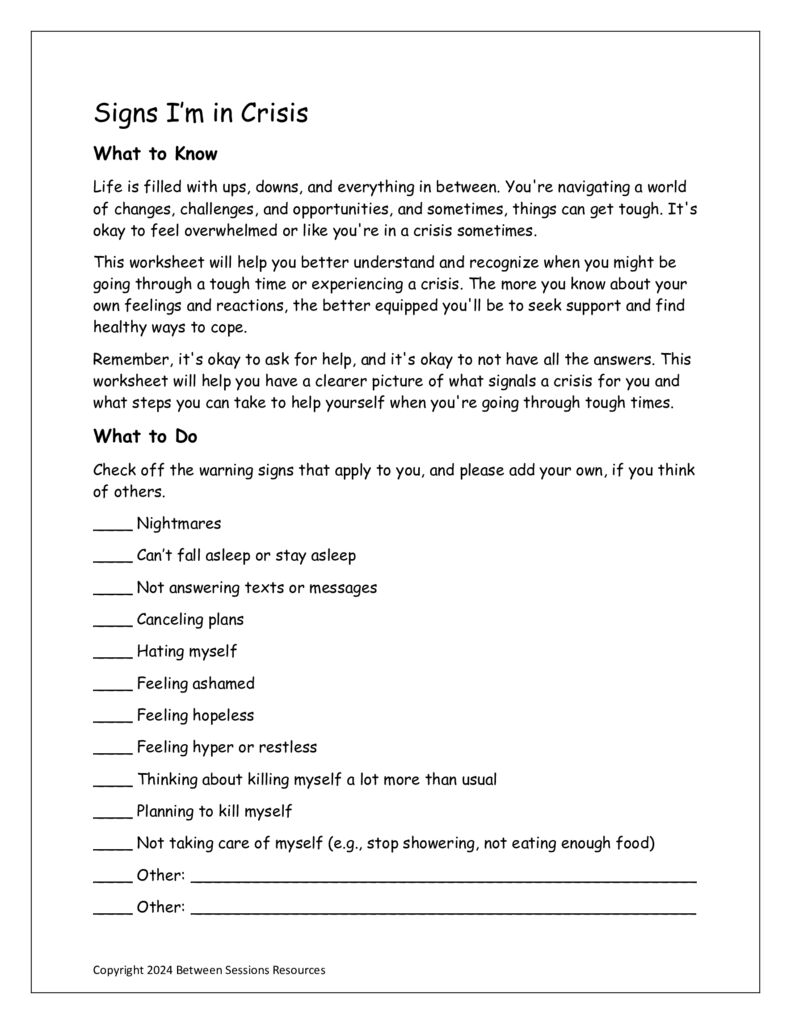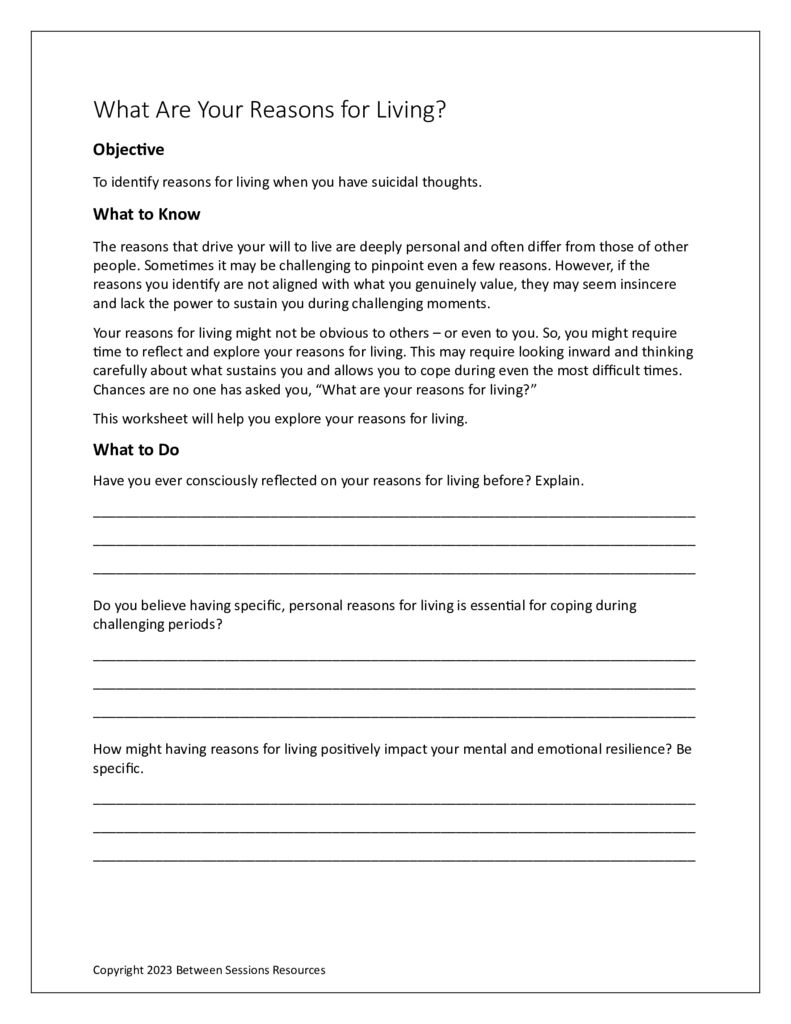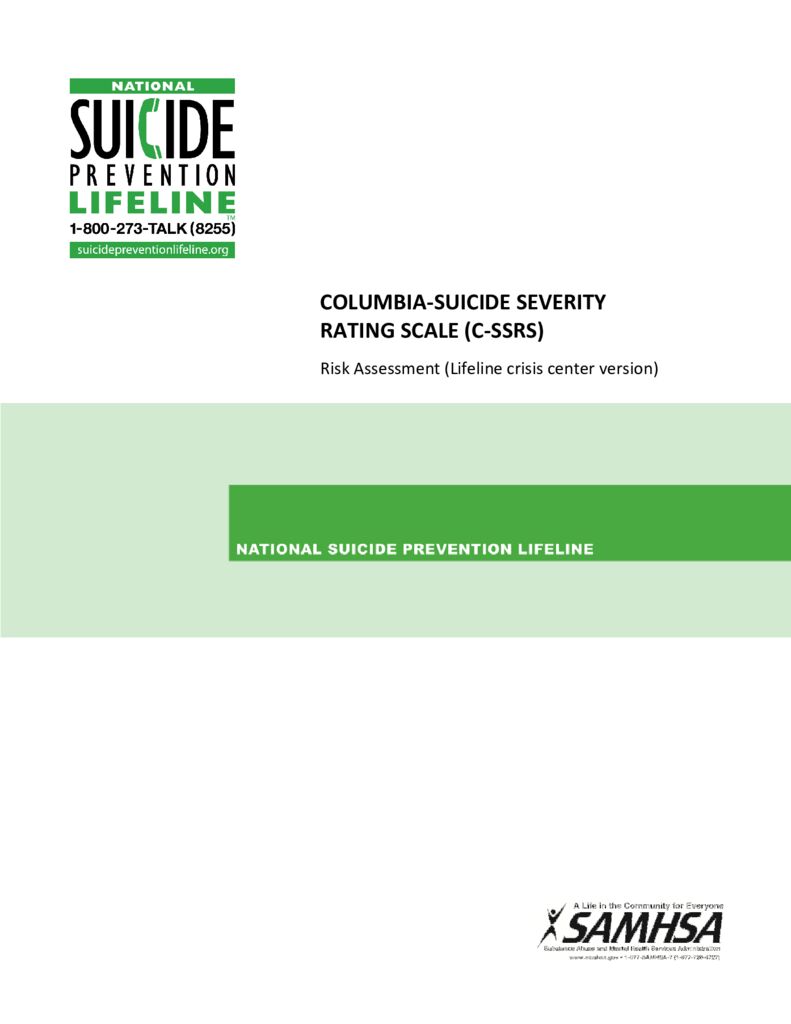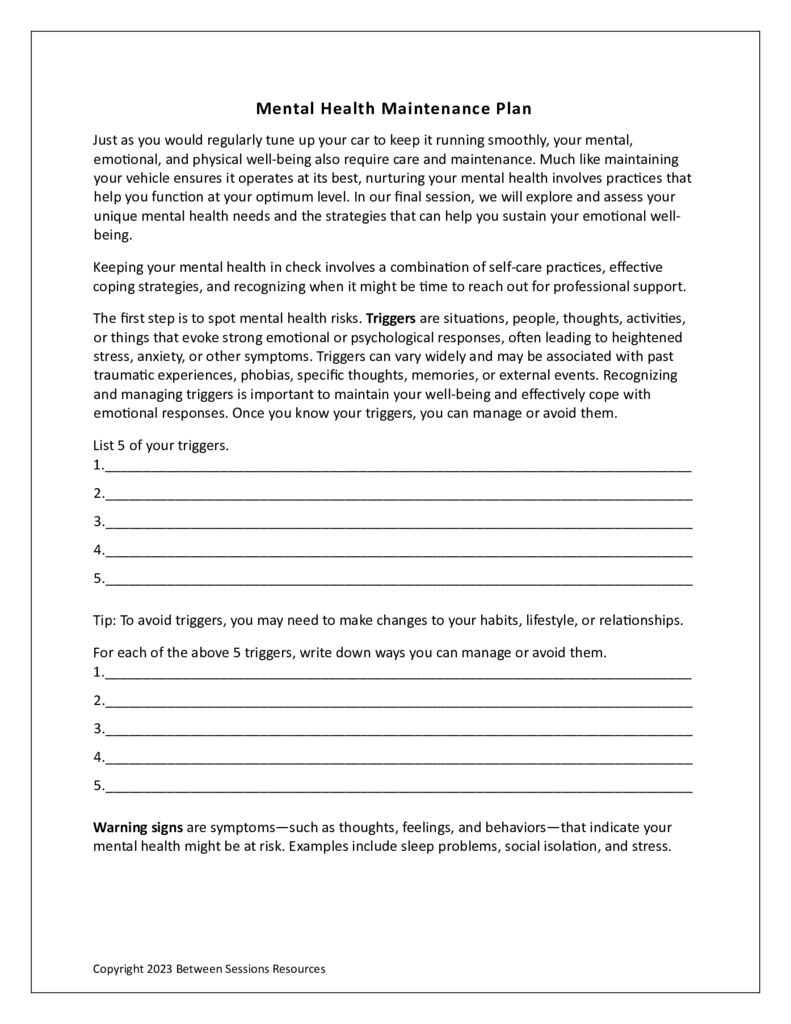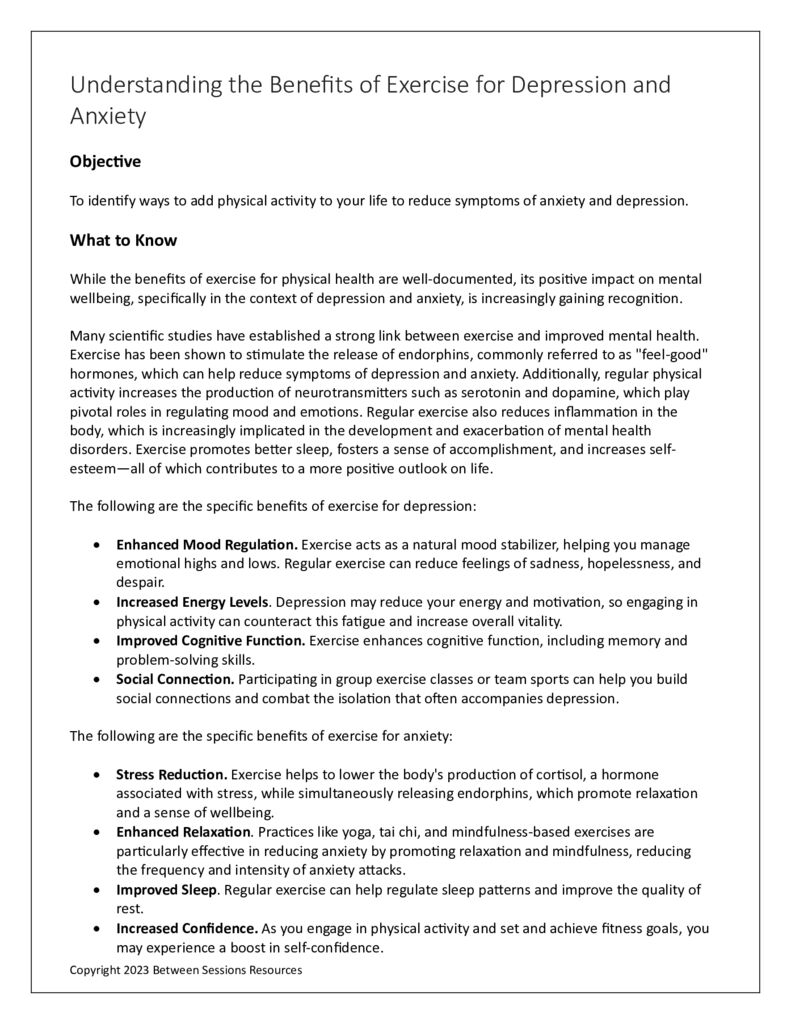Studies tell us that when professionals prescribe therapeutic homework, clients report significantly better outcomes. Our worksheets are derived from evidence-based therapies, and they are designed by experienced professionals. Use the navigation links on the left of this page to view tools in a specific category. Or use the search box at the top of this page to find the exact tool you are looking for.
To modify the tools, click the ‘Send to Client’ button by each tool to open the Psychology Forms Filler. You can then edit the tool as you see fit and either print it out or send it to a client to be filled out online. Click here for a tutorial on using the Psychology Forms Filler.
If you can’t find what you are looking for on this site, please let us know by
clicking here and our team of writers, graphic artists, and therapists will custom-design it for you.
A “stuck point” is a term used in cognitive-behavioral therapy (CBT) to describe thoughts or beliefs that limit growth, progress, and recovery. These thoughts act as barriers, blocking the journey toward mental and emotional well-being. This worksheet explains common types of “stuck points” such as mind-reading, personalization, “should” statements, and so on. People are asked to identify their dysfunctional thinking and how it affects their emotions and behaviors. (0124. CBT. cognitive behavior therapy, irrational thoughts).
This worksheet is designed to help people who have started therapy reflect on how they have changed their thinking and behavior. (0124. suicide, suicidal ideation)
Highly sensitive people (HSPs) have a heightened “sensory-processing sensitivity” (SPS), which is not a personality flaw but a biological factor. This worksheet includes a checklist to help people identify if they have this type of sensitivity and suggests exercises to help people understand themselves better. (0124. sensory processing, senses)
This worksheet is designed to help people struggling with thoughts of hurting themselves. It includes a checklist that will help them identify factors that can provide them with hope, purpose, and reasons to continue living. The worksheet includes questions to help people explore their reasons for living and guide them toward building a strong foundation for their emotional well-being. (0124, suicide prevention, suicidal ideation)
The 3-P Approach includes three simple steps: Pause, Process, and Postpone. It is a helpful strategy for managing overwhelming urges and unhealthy, impulsive behaviors. It can empower you to take control of your reactions and postpone impulsive or harmful actions. This worksheet gives people the opportunity to learn this technique and apply it their impulsive behavior. (0123, addiction, habit control, impulse control)
This worksheet is designed to help people identify signs that suggest they may be experiencing a crisis. The worksheet includes a checklist of symptoms as well as techniques that can help them deal with the acute stress. It concludes by asking people to identify friends or family who can help them get through this difficult period. (0124, depression, suicidal ideation, stress)
This worksheet is to help people who have had suicidal thoughts develop a different perspective on their lives. Questions ask people to think about their values, their goals, the people in their lives, and more. (1223, suicide prevention, suicidal ideation, depression)
This evidence-based scale is part of an international public health initiative involving the assessment of suicidality. Online training in administering the scale is recommended. The scale assesses factors like general clinical status, protective factors, actual attempts, intensity of ideation, and more. (1223, suicide, suicidality, suicide ideation, assessment)
Keeping your mental health in check involves a combination of self-care practices, effective coping strategies, and recognizing when it might be time to reach out for professional support. This worksheet helps people keep track of various wellness practices as well as identify the triggers and warning signs of mental health problems. (1223, wellness)
Many scientific studies have established a strong link between exercise and improved mental health. This worksheet specifies the specific mental health benefits that come with regular exercise and guides people on how to start a consistent and sustainable exercise program. (1223, exercise, depression, anxiety, wellness, habits)

